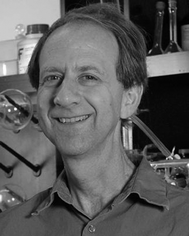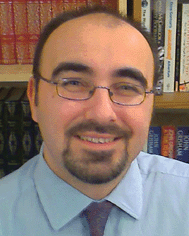Supramolecular Chemistry—Introducing the latest web themed issue
Philip A.
Gale
a,
Jonathan L.
Sessler
b and
Jonathan W.
Steed
c
aSchool of Chemistry, University of Southampton, Southampton, SO17 1BJ, UK. E-mail: philip.gale@soton.ac.uk
bDepartment of Chemistry and Biochemistry, 1 University Station-A5300, The University of Texas at Austin, Austin, Texas 78712-0165, USA. E-mail: sessler@mail.utexas.edu
cDepartment of Chemistry, Durham University, South Road, Durham, DH1 3LE, UK. E-mail: jon.steed@durham.ac.uk
In materials chemistry we have examples of new high capacity gas storage metal organic polyhedral frameworks from Schröder and co-workers, new thiourea inclusion compounds from Harris and a report on anion directed assembly of a three dimensional metal organic rotaxane framework by Sessler. Soft materials are represented by a communication from Escuder on aldehyde responsive hydrogels and a highlight from Steed on developments in supramolecular gel chemistry over the past decade.
Recognition and sensing is covered by a report on the optical detection of fluoride in water from Severin, the recognition of biologically interesting phosphates by polyammonium receptors by Bianchi and a communication from Sánchez on the complexation behaviour of open triazole based systems.
Conformational control of supramolecular systems is discussed by Nabeshima in his report of calcium induced folding of a receptor resulting in enhanced anion complexation properties and Meijer in his communication regarding the chiral induction in supramolecular stacks through preferential chiral solvation. Transport processes are discussed by Fyles in his communication on carrier mediated electrodialysis and Gale in his report on a dual host approach to transmembrane ion pair transport. The importance of dynamic combinatorial chemistry is underscored by a contribution from Sanders that discloses the amplification of a selective Ba2+ receptor from a hydrazone library and one from Schalley that reports examples of self-sorting hetero-bimetallic metallo-supramolecular macrocycles.
These papers and the other excellent contributions to this special web-based issue represent only a fraction of the supramolecular chemistry communications that will be published in ChemComm in the coming year. This high level of activity and the thought-provoking nature of the communications collected here help highlight the fact that supramolecular chemistry is an exceptionally vibrant discipline that lies at the forefront of contemporary research in the chemical sciences. ChemComm is proud to be the premier venue for publishing work in this all-important area.
Philip A. Gale is Professor of Supramolecular Chemistry and Head of the School of Chemistry at the University of Southampton. His research focuses on the supramolecular chemistry of anionic species and in particular the molecular recognition, sensing and transport of anions.
Jonathan L. Sessler is currently the Roland K. Pettit Chair at the University of Texas at Austin. His research focuses on anion sensing and extraction, ion-pair receptors, expanded porphyrins and supramolecular polymers.
Jonathan W. Steed is Professor of Inorganic Chemistry at Durham University. His research interests are in anion binding and sensing, supramolecular gels and crystal engineering.
| This journal is © The Royal Society of Chemistry 2011 |



